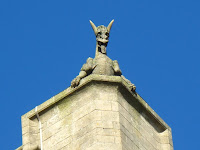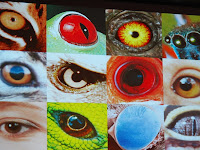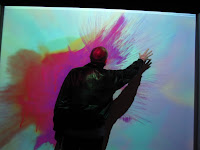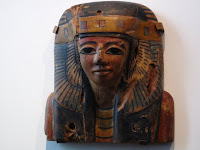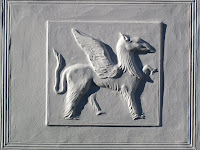 As a celebration of the Chinese New Year, the local Council had free admission to the Museum of the Docklands. As the name suggests, it gives a detailed history of the docklands from the founding of Londinium, through the 19th century expansions, where the West India Company built the largest docklands in the world, through the
As a celebration of the Chinese New Year, the local Council had free admission to the Museum of the Docklands. As the name suggests, it gives a detailed history of the docklands from the founding of Londinium, through the 19th century expansions, where the West India Company built the largest docklands in the world, through the  Blitz in World War II, to the present day where housing and finance has taken over from shipping. Trading of one form or another has been the area's raison d'etre throughout its history.
Blitz in World War II, to the present day where housing and finance has taken over from shipping. Trading of one form or another has been the area's raison d'etre throughout its history.The museum is spread over three floors, and it could easily fill a whole day. The Chinese community had prepared a fund-raising lunch in the basement, and we enjoyed the best sweet and sour chicken we've had in the UK.


 By the time we had seen all the exhibitions, the rain had stopped, and we were able to enjoy a walk back along the Thames through the dock areas we had just been reading about to the Tower of London.
By the time we had seen all the exhibitions, the rain had stopped, and we were able to enjoy a walk back along the Thames through the dock areas we had just been reading about to the Tower of London.

